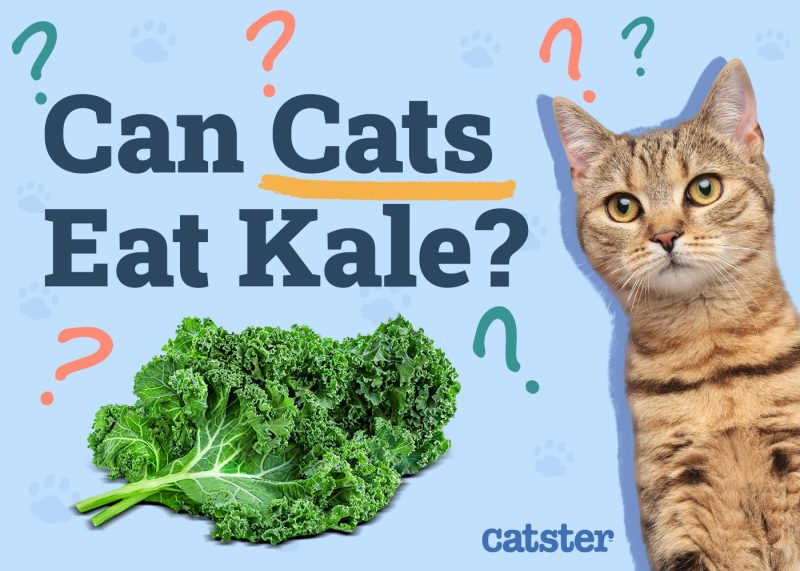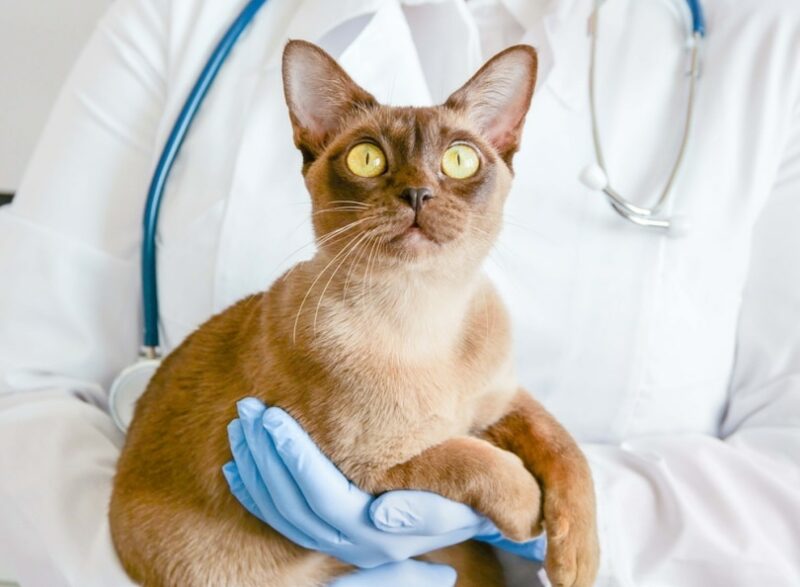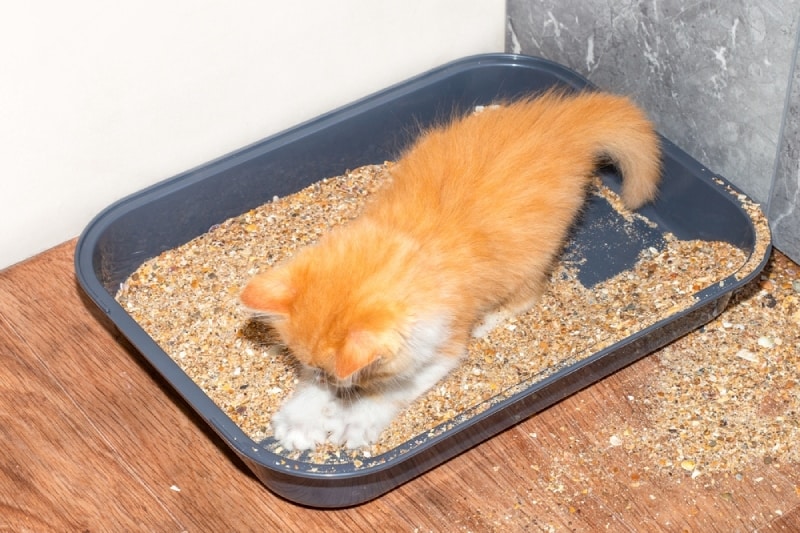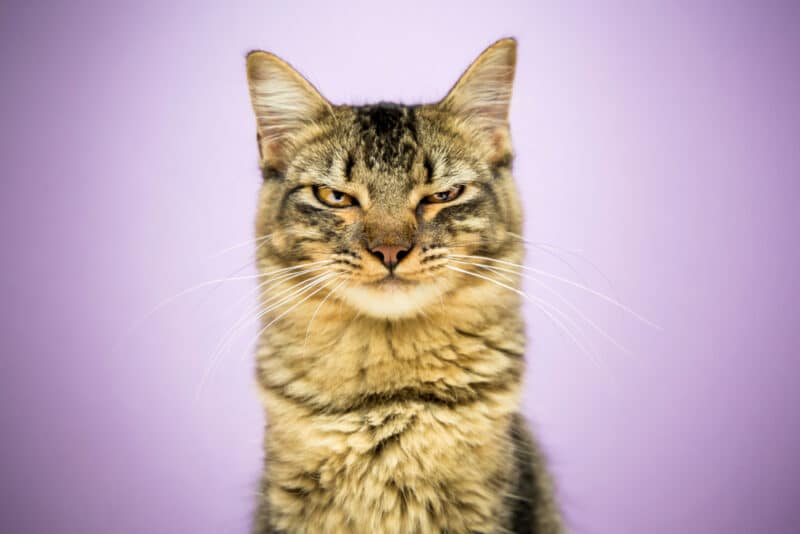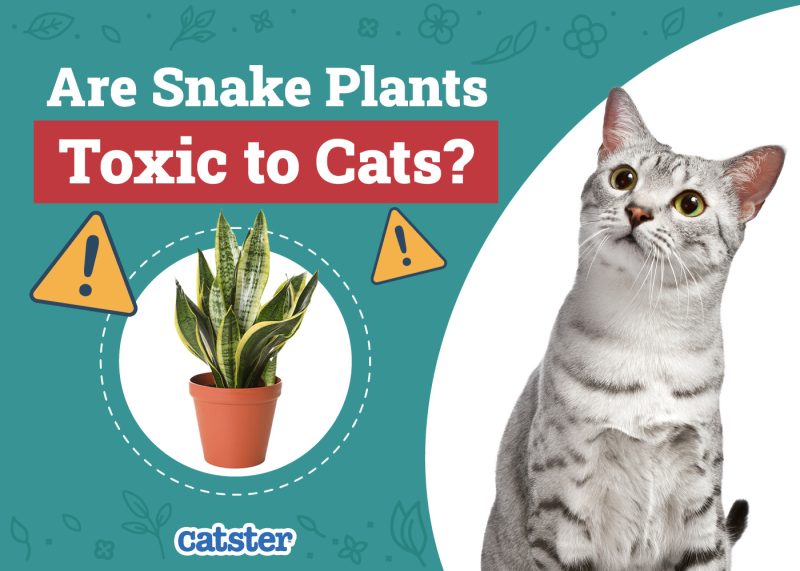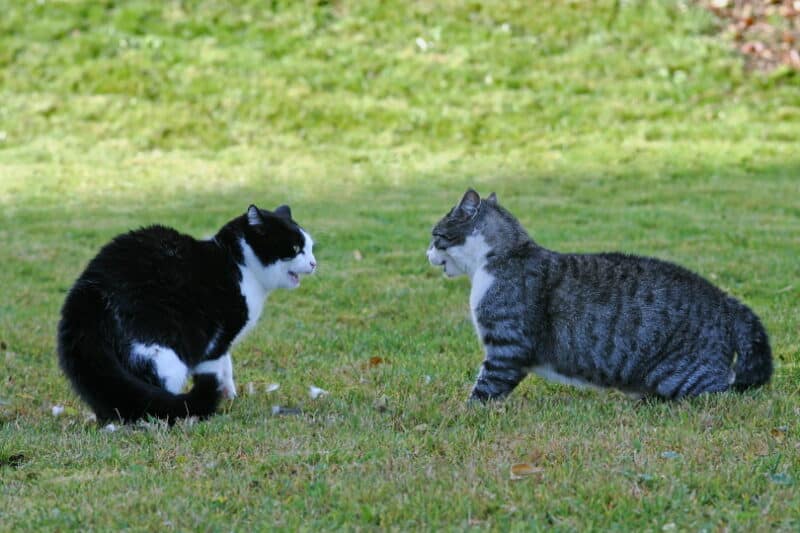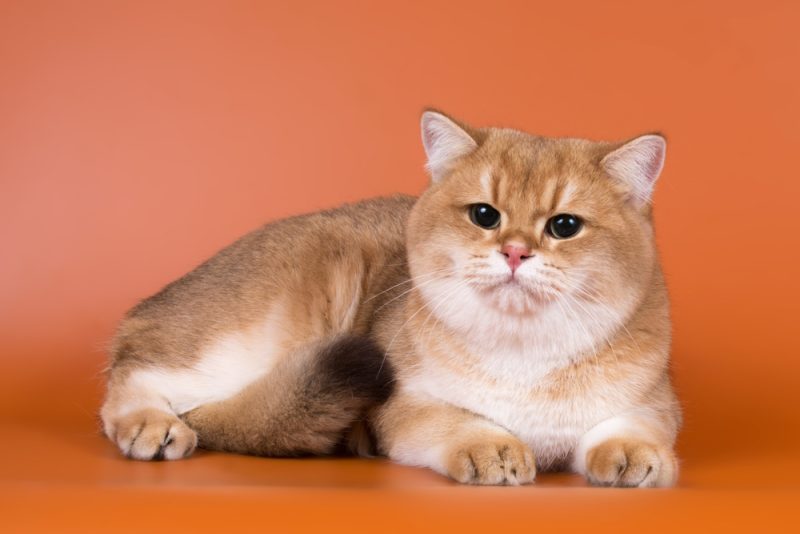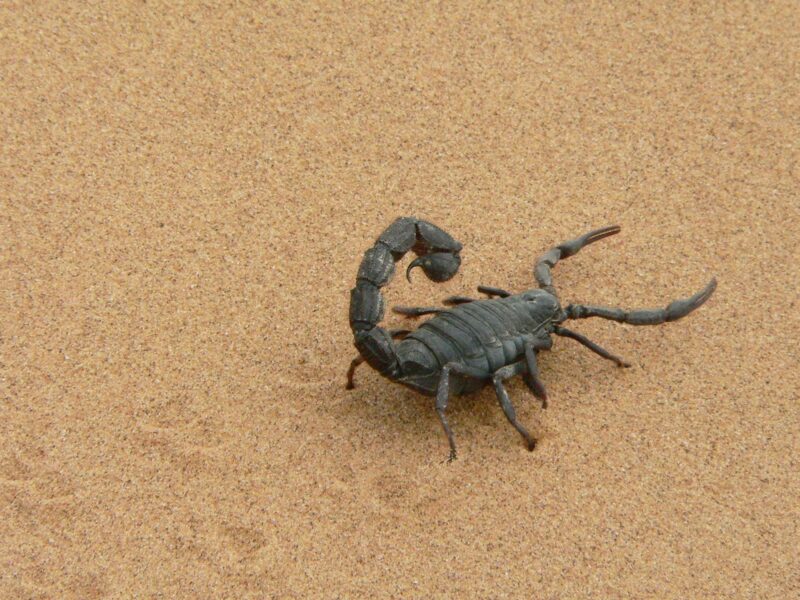In this article
If you found this article because your kitten snatched a very small piece of kale while you were chopping up your lunch salad, don’t panic! Kale is not toxic to cats, and in fact, small amounts of it are included in some fresh cat food recipes. So, yes cats can technically eat kale in small amounts, but there are some important considerations. It is very unlikely your cat will munch on incredibly large amounts of kale, but in the unlikely event that they do, monitor them closely and call a vet for advice. Kale can have negative health effects for cats suffering from certain conditions, which we will touch on in a little bit.
In this article, we’re doing a deep dive to explain the potential risks associated with kale in cats, whether you should feed your cat kale, and other things every cat owner should know. Please consult with a veterinarian when it comes to your cat’s nutritional needs or ingestion of potentially harmful foods.

Human Food in Cat Diets
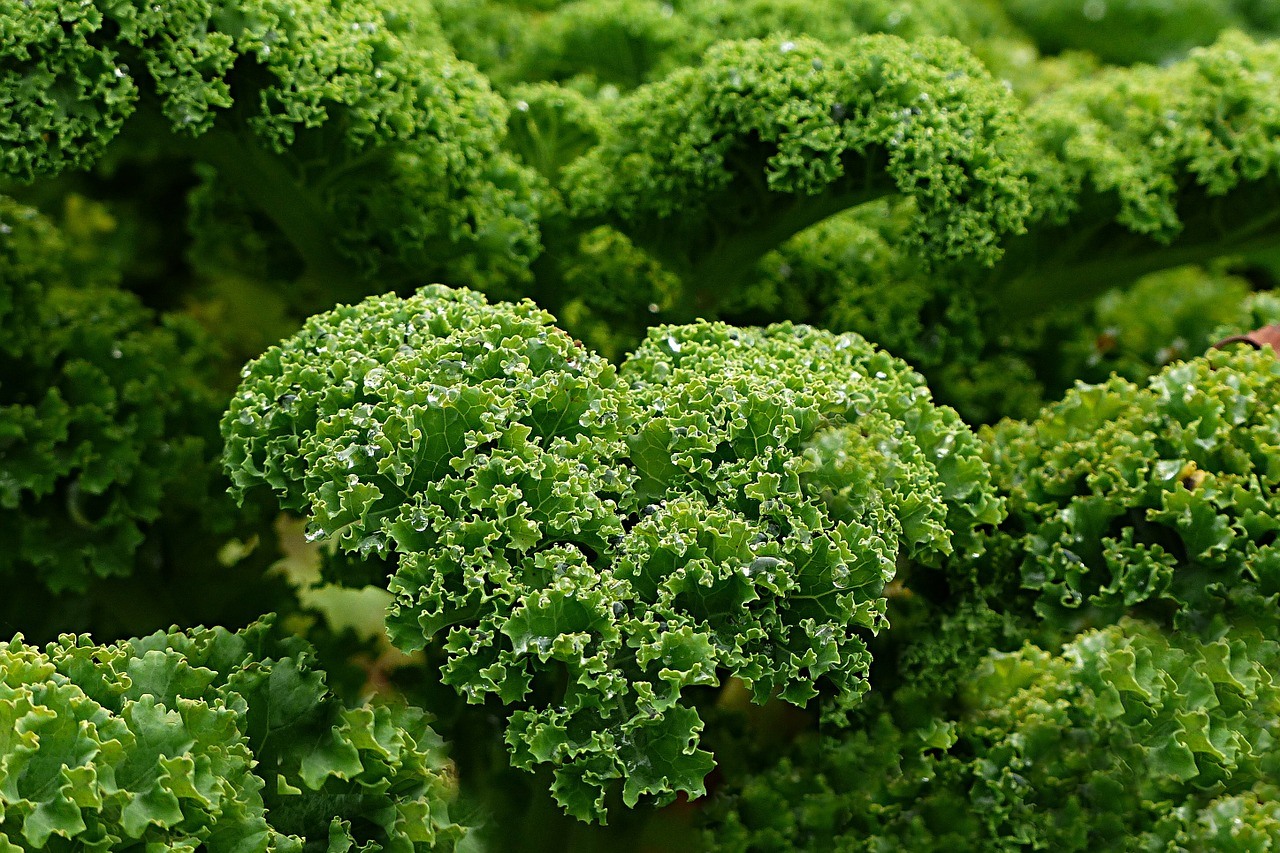
As a general rule, cats should not consume most foods designed for humans, especially the processed ones. Their digestive systems are fundamentally different from ours: while we’re omnivores who get our nutrients from a varied diet, cats are obligate carnivores who fulfill their dietary needs mainly with meat.
Cats don’t have a dietary need for carbs, which makes up a big portion of many of our foods like bread, pasta, veggies, and fruits, making it generally unsuitable for felines.
However, in the wild cats may nibble on grass occasionally, and this is an instinctual behavior, although they cannot digest the fibrous plant material.
So, while cats should live on animal protein-based food, there are other non-meat ingredients that are used in commercial cat food for different purposes, from ensuring their form to offering an alternative and cheaper source of energy and enhancing flavors. The truth is that we are just beginning to understand the implications, risks, and benefits of what we feed our pets and even ourselves. For example, we are beginning to understand the potential benefits that feeding small amounts of fibrous material can have for a cat, especially considering their gut health, motility, and keeping a healthy gut microbiome.
However, it’s important to exercise caution and consult with a vet before offering your cat any human food as a treat, as many are not appropriate, and some may even be toxic to cats.
Need veterinary advice but can't get to the clinic? Catster recommends PangoVet, our online veterinary service. Talk to a vet online and get the answers and advice you need for your cat without having to leave your living room — all at an affordable price!

What’s Up With Kale?
Did you know kale, broccoli, cauliflower, brussels sprouts, cabbage, and collard greens are all varieties that were developed from the same plant? It’s true! Brassica oleracea, or wild cabbage, is native to Europe. It’s transformed into some of the world’s most nutritious veggies through centuries of selective breeding.
According to the ASPCA’s master list of toxic plants, Roman Kale is not poisonous to cats. The non-toxic list also includes several other vegetables, including beets (beetroot, red beets, Swiss chard, sugar beets), and four other members of the Brassicaceae family: alyssum, hoary alyssum, and yellowrocket. Interestingly, watercress is listed as toxic to cats.
Does that mean that you can offer a daily kale salad to your cat? No! As mentioned, cats are obligate carnivores, and the majority of their diet should be based on animal-derived protein. However, there is a catch here: cats in the wild naturally ingest small amounts of plant matter from the guts of the animals they prey on, and they are also often observed munching on grass.
Therefore, a small piece of kale is unlikely to cause detrimental side effects to your cat, but you should know that there are risks associated with feeding a larger amount, and the frequent ingestion of raw kale has the potential to lead to serious health issues in cats. While this topic is not well-researched in literature, we will give you some general information, and we recommend caution above all.
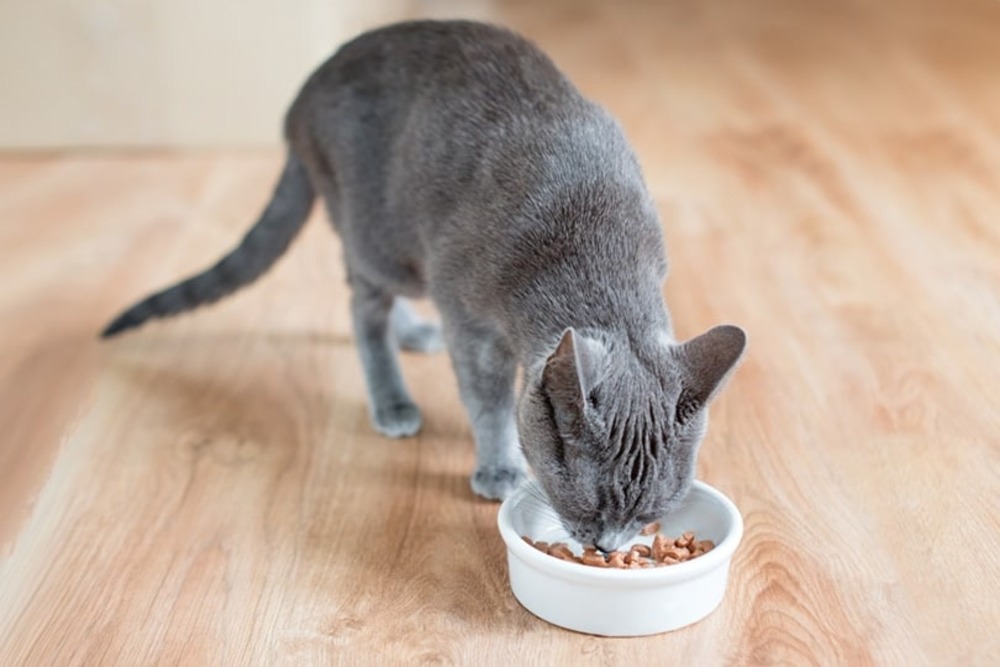
Potential Risks Associated With Kale
When it comes to kale, there are a few things to consider. First, there is a lack of scientific evidence to clearly state how much of a concern kale is for cats and at what amounts. This on its own is enough to advise caution, as it’s better to be safe rather than sorry.
It’s not very likely that a small one-off piece of kale will cause major health issues for your kitty, but we believe you should know all the risks in order to make an informed decision. If your cat is suffering from any illness, such as urinary stones or crystals, kidney disease, or thyroid disease, or is on long-term medication, make sure to speak to a vet first.
Potential issues with kale are certain compounds the plant contains. Although in smaller proportions than in other leafy greens, kale contains isothiocyanates and calcium oxalate, which may cause gastrointestinal irritation but could also predispose some animals to kidney and urinary issues, particularly those with already present health issues in this organ system and if ingested regularly or at significant amounts.
But remember, currently, we do not know the exact mechanism and extent of some of these effects in cats and will update this information accordingly when new evidence becomes available.
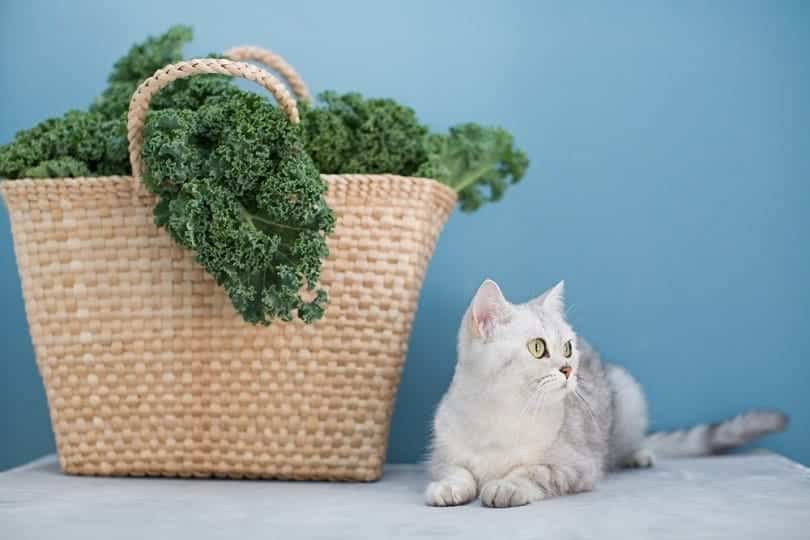
Another potential health issue is the link between kale and hemolytic anemia. Again, we couldn’t find many reports of this in literature, but it is known that grazing animals (note: they have a completely different digestive system) are at risk of severe anemia, although not a common occurrence, when exposed to large amounts of kale or other brassica plants due to oxidative damage.
Therefore, if you notice any signs of anemia like loss of appetite, discoloration of the skin and gums or pallor, and reddish-brown urine in your cat, take them to the vet immediately.
Kale may also impact the absorption of iodine and normal function of the thyroid gland. Although we do klnow that cooking cruciferous vegetables, deactivates the enzyme responsible for causing the goitrogenic effect.

Should You Feed Your Cat Kale?
Not really. As discussed above, ingesting large amounts of kale may also lead to certain health issues in felines. Although the scientific evidence at this stage remains scarce when it comes to kale and cats specifically, we believe there is enough to conclude that feeding kale to your cat is unnecessary. That said, kale is sometimes used as an ingredient in cat food recipes, where it is likely to add fiber and and other micronutrients, and the exact amount and preparation is carefully planned and tested to be safe for your cat. If your cat ate kale, especially in large amounts, you should keep on eye on them and speak to a vet if you notice anything concerning.
Besides, it’s important to understand your kitty is a carnivore and needs animal protein to thrive. If you want to reward them with treats, do so using species appropriate commercial cat treats or small amounts of plain cooked meat, such as chicken, turkey, or a hard boiled egg.
Alternatives to Leafy Greens
Better than offering veggie treats, cat grass is a great alternative that will also provide some mental stimulation to benefit your kitty. Try one of these, which can be found at any supermarket or health food store, and can easily be grown at home.
It was previously believed that cats eat grass, possibly because they are feeling sick and that they do it with the intention to vomit, but today, we know that eating grass is an instinctual behavior and was likely a mechanism to expel intestinal parasites. It may support the digestive function, and the majority of cats that eat grass show absolutely no signs of illness. Eating grass can cause vomiting, but many cats still indulge in it.
Also, if you are looking for a treat, remember that there are many suitable and safe commercial cat treats and meat choices that your cat will thoroughly enjoy and benefit from at the same time.
Things Your Cat Absolutely Should Not Eat
While we’re here, there are a few foods that you should make sure your cat never eats. The following foods are toxic to cats in almost any amount.
- Onions, garlic, and shallots: They are more likely to cause anemia than leafy greens.
- Grapes and raisins: They can cause kidney damage in some cats, and are also toxic to dogs.
- Chocolate: It is toxic to cats and dogs.
- Raw dough: This can cause painful and potentially fatal bloating.
Learning about what your cat can and cannot eat is a crucial part of keeping them happy and healthy! Choosing a bowl to serve cat-friendly foods in is another important decision pet owners face. Satisfy the specific needs of your cat with the innovative design of the Hepper NomNom Cat Bowl. Learn why it’s our (and our cats!) favorite food and water dish here. At Catster, we’ve admired Hepper for many years and decided to take a controlling ownership interest so that we could benefit from the outstanding designs of this cool cat company!

Conclusion
Kale is not toxic for cats, and it is safe for them to consume it in small amounts. In fact, kale is one of the ingredients in some cat food recipes. However kale should not be offered to cats in large amounts. Large amounts of vegetables or plant matter in general are not a natural part of a cat’s diet, and they need an animal-based protein in order to thrive. Cats can safely ingest small amounts of plant matter, as they do from consuming the intestinal content of their prey in the wild. However, it must be in very limited amounts.
Unfortunately, there is a limited amount of reputable and verified information when it comes to the amount of kale that is harmful to cats. Thus, it’s important to be aware of the several potential health risks associated with brassica family of veggies, such as their possible effect on the thyroid gland, urinary health, and the risk of hemolytic anemia, especially if they are consumed in large amounts or on a regular basis.
It’s crucial to consult with a vet before offering any food to your cat, especially if you are concerned for your cat’s health, or if you notice any signs that something might be wrong with your cat.
Related Reads:
